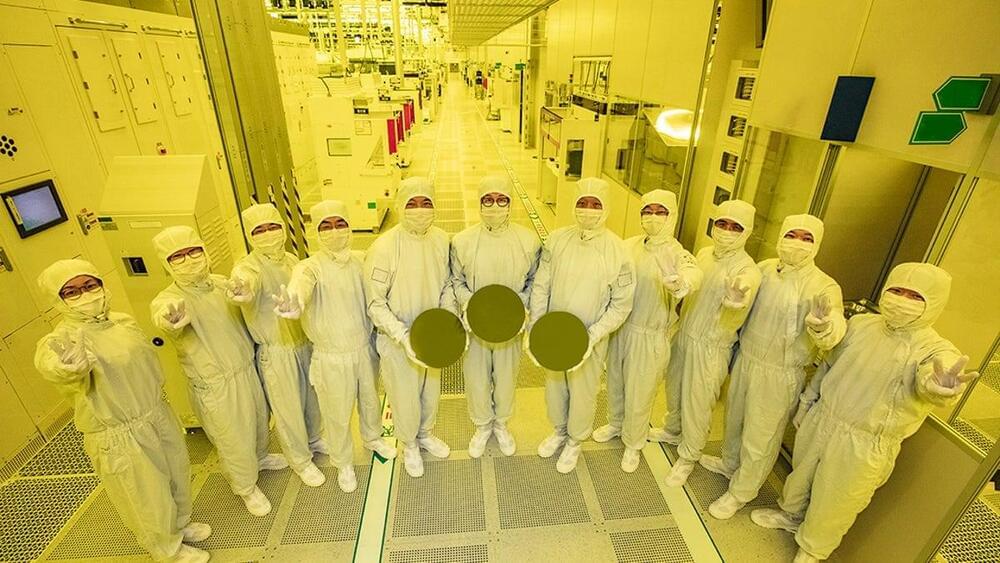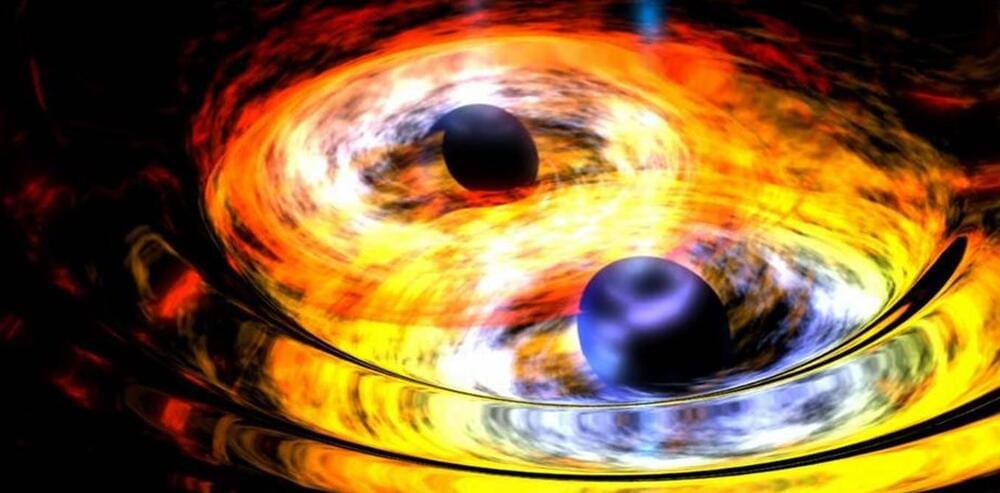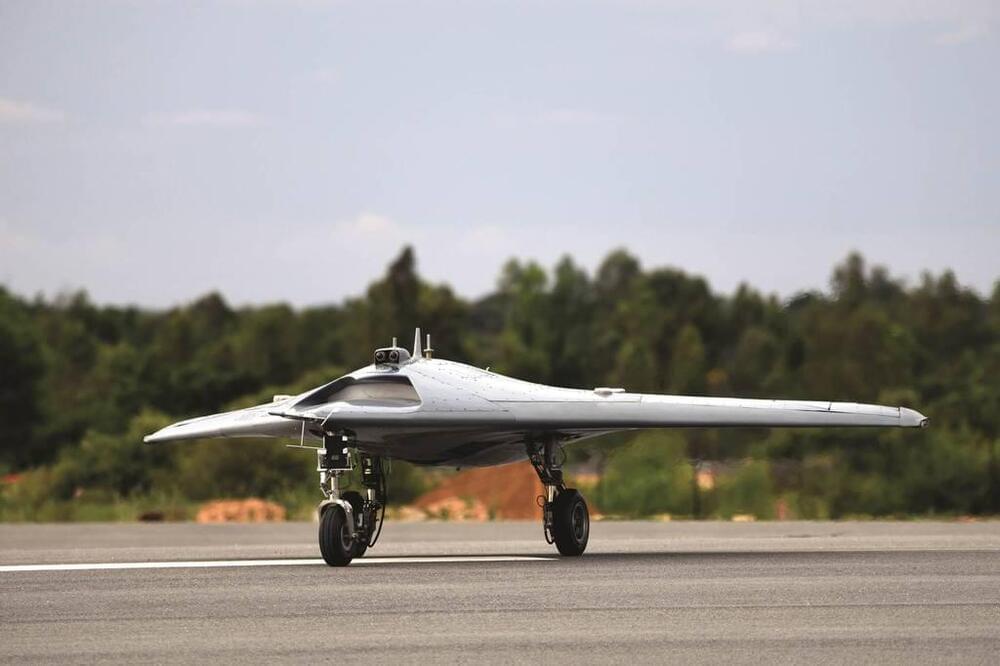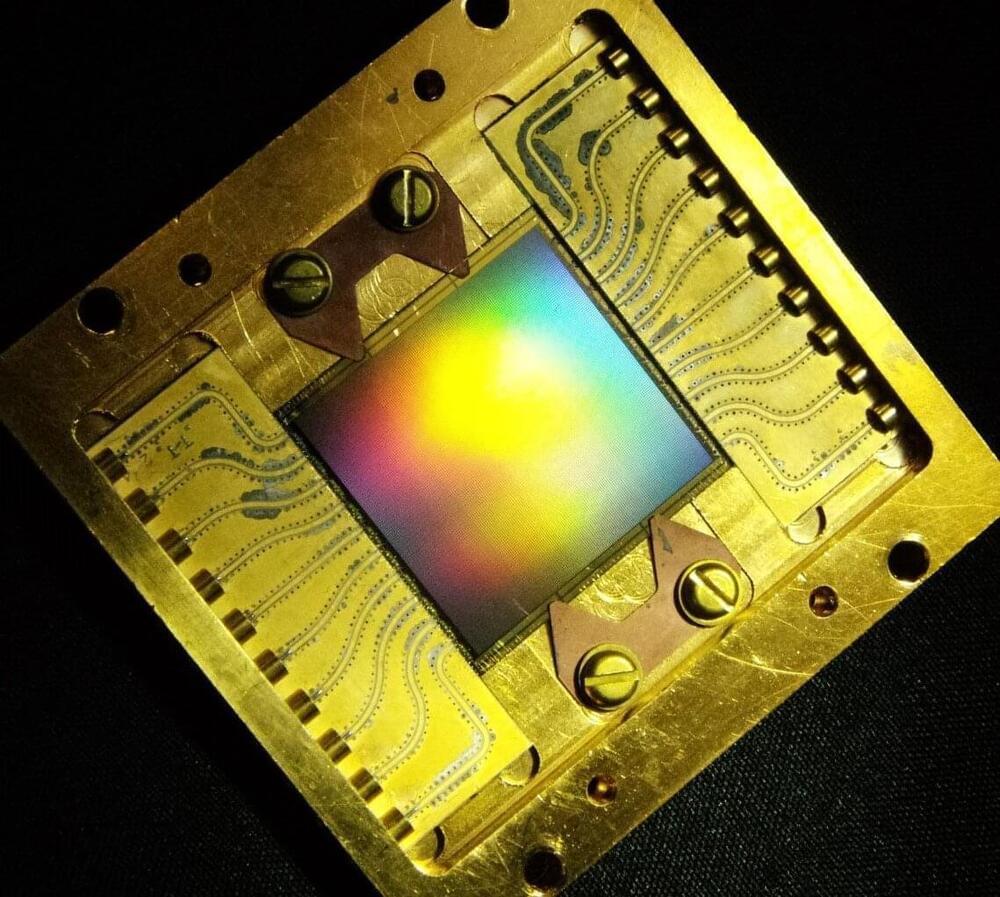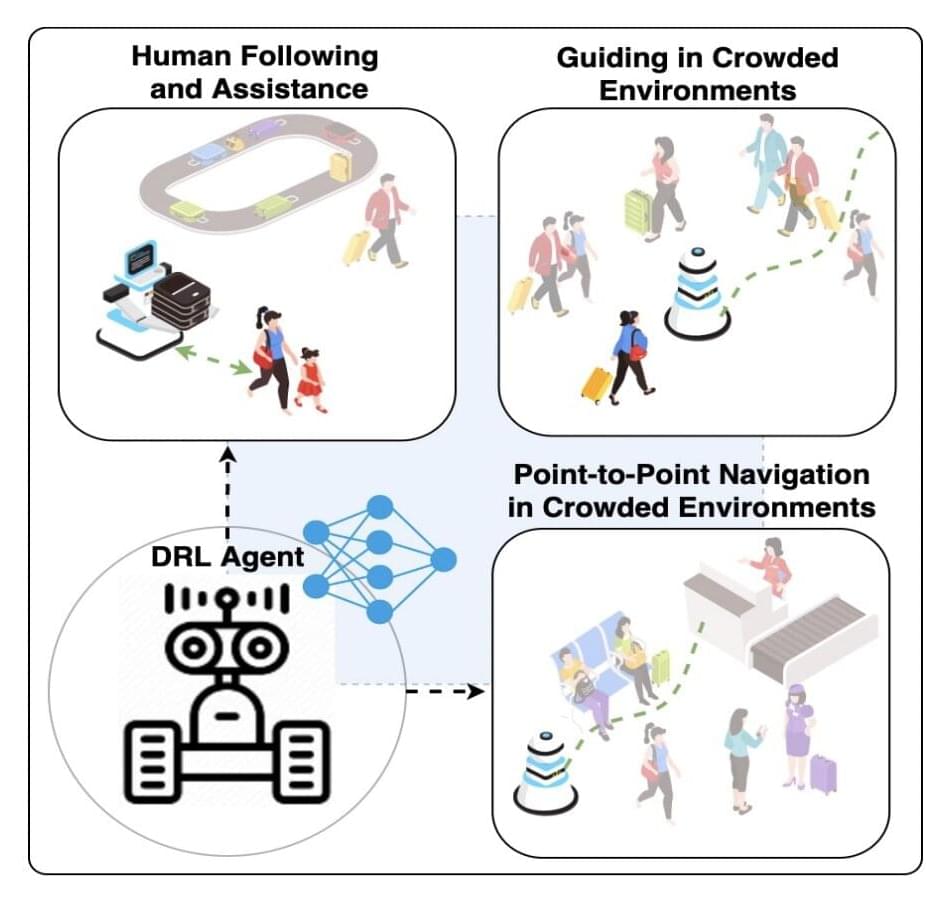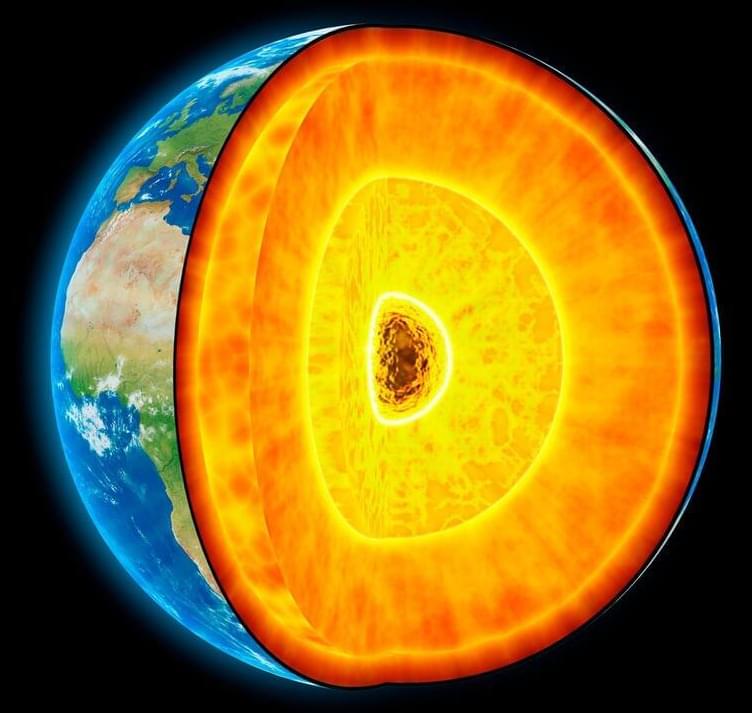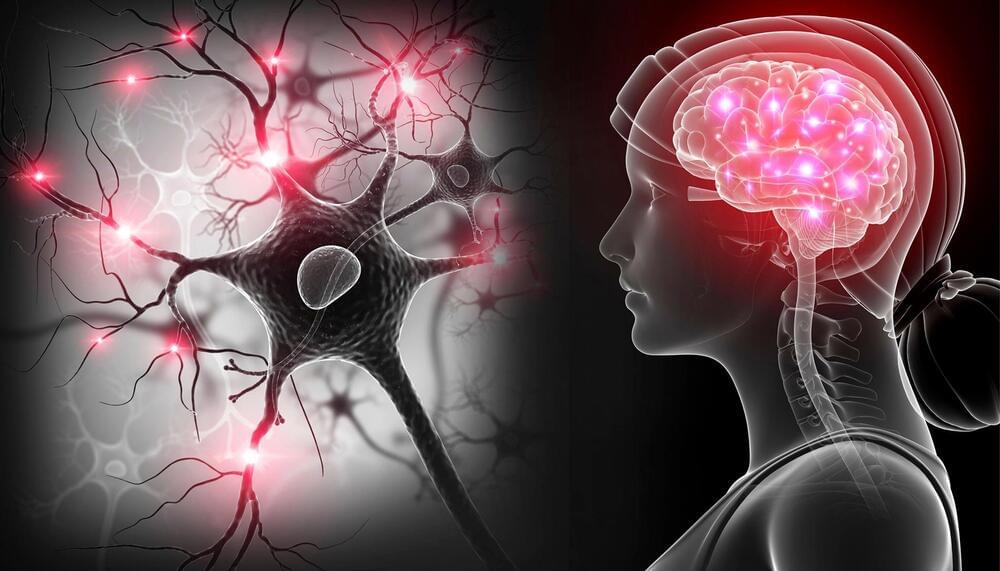DigitalFUTURES DOCTORAL CONSORTIUM
AI, NEUROSCIENCE + ARCHITECTURE
Joscha Bach, Synthetic Intelligence.
13 February 2022, 10.00 am EST; 4.00 pm CET; 11.00 pm China.
Joscha Bach is an AI researcher and one of the world’s leading authorities on neuroscience and AI. A popular figure within debates about AI, he is the author of the book, Synthetic Intelligence, has given a TED talk and has been interviewed by Lex Fridman. Bach is interested primarily in the question of whether AI can offer us insights into the workings of the human mind. He joins us for our series on the new theory of intelligence emerging at the intersection of AI, neuroscience and architecture.
Live-stream link: https://youtube.com/digitalfuturesworld/live
